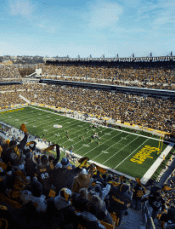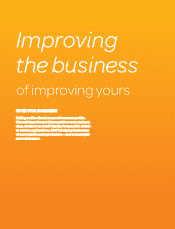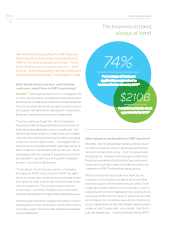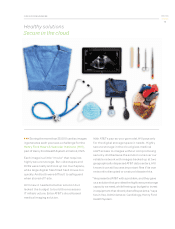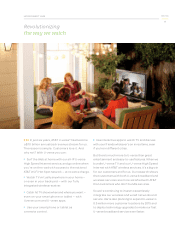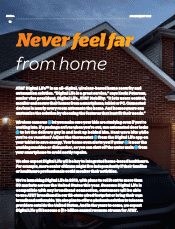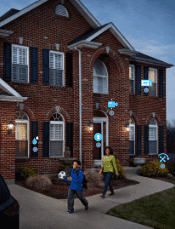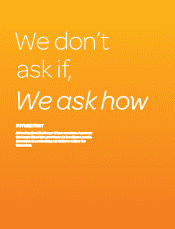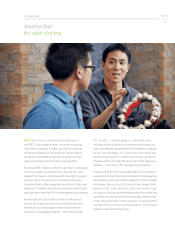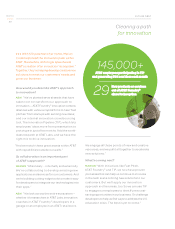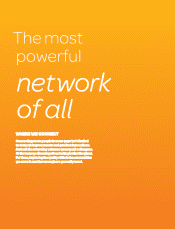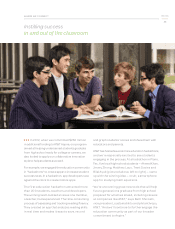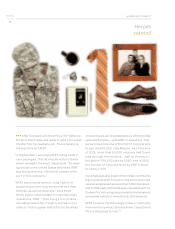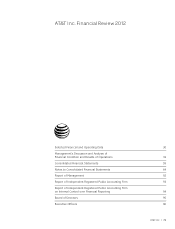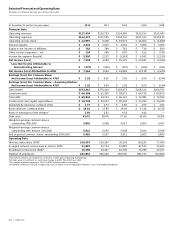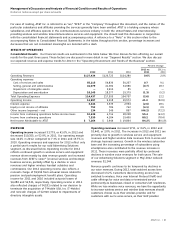AT&T Wireless 2012 Annual Report Download - page 23
Download and view the complete annual report
Please find page 23 of the 2012 AT&T Wireless annual report below. You can navigate through the pages in the report by either clicking on the pages listed below, or by using the keyword search tool below to find specific information within the annual report.
AT&T Inc.
21
FUTURE FIRST
A better feel
for safer driving
The 1,300 scientists and engineers
at AT&T Labs spend their lives developing
new technologies to help people live better
and businesses perform better. And today’s
ubiquitous wireless connectivity gives us more
opportunities to do this than ever before.
So after AT&T rolled out the “It Can Wait” campaign
to discourage distracted driving, AT&T Labs
researcher Kevin Li (pictured above right) sought
ways to help drivers overcome the sensory
overload they often experience while on the road.
His goal? Create a safer driving environment and
reduce the potential for life-threatening accidents.
Kevin realized that while a driver’s senses of
sound and sight are often overburdened, the
sense of touch is largely underutilized while
driving. So he applied haptic — from the Greek
for “touch” — technology to communicate
navigational cues. Kevin developed a haptics-
enhanced steering wheel that vibrates to indicate
turns. For example, for a left turn, the steering
wheel produces a counterclockwise vibration.
These vibrations help drivers watch the highway
ahead — not their GPS navigation screens.
A team of AT&T and Carnegie Mellon University
researchers has built a prototype of the steering
wheel. Early user studies suggest that it can help
increase the amount of time drivers keep their
eyes on the road, and our Labs are continuing
to explore using tactile feedback in the steering
wheel to convey more than just single directional
cues. We hope that in the years to come haptics
can be one more powerful weapon in the fight
against distracted driving.


